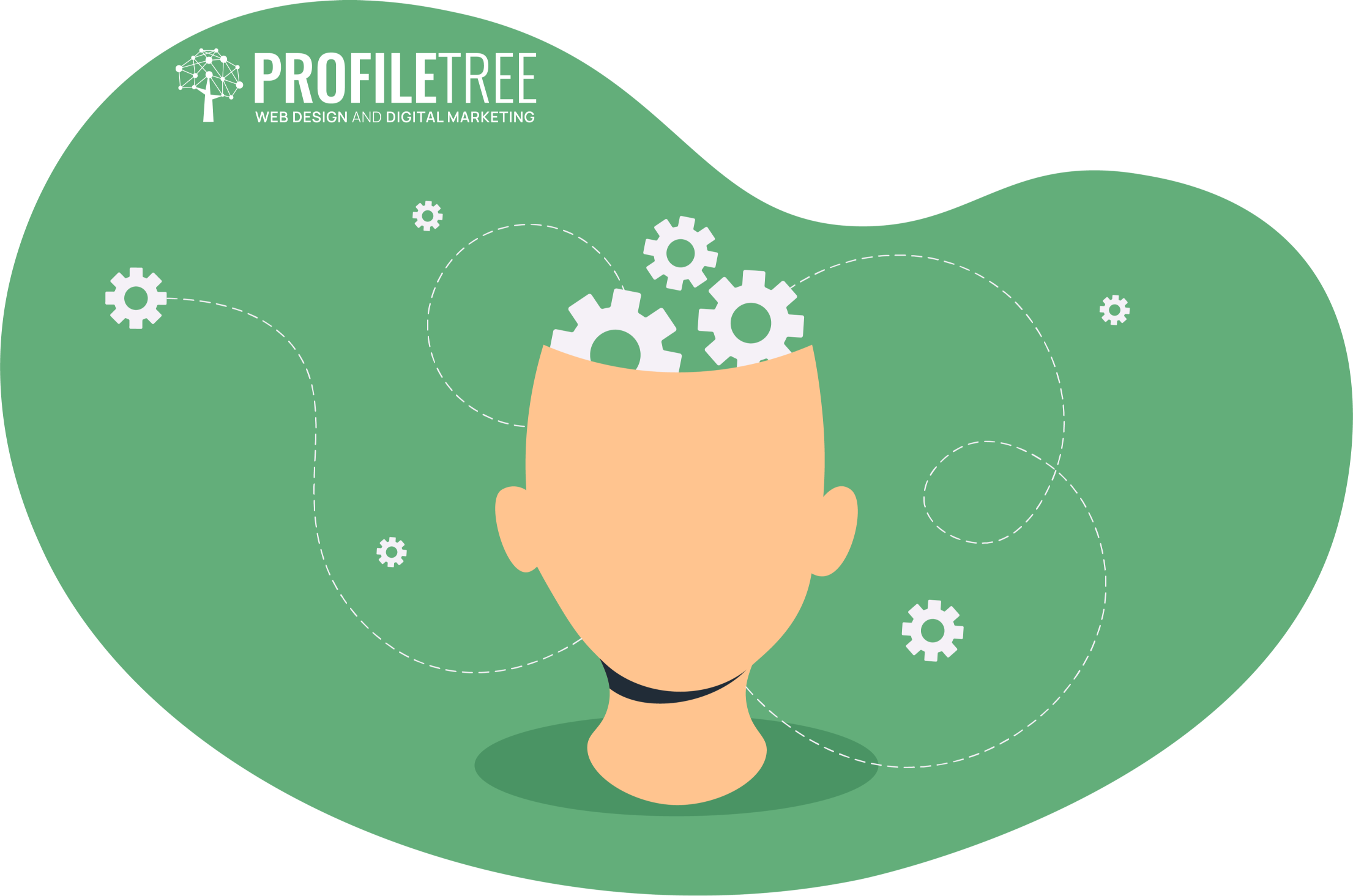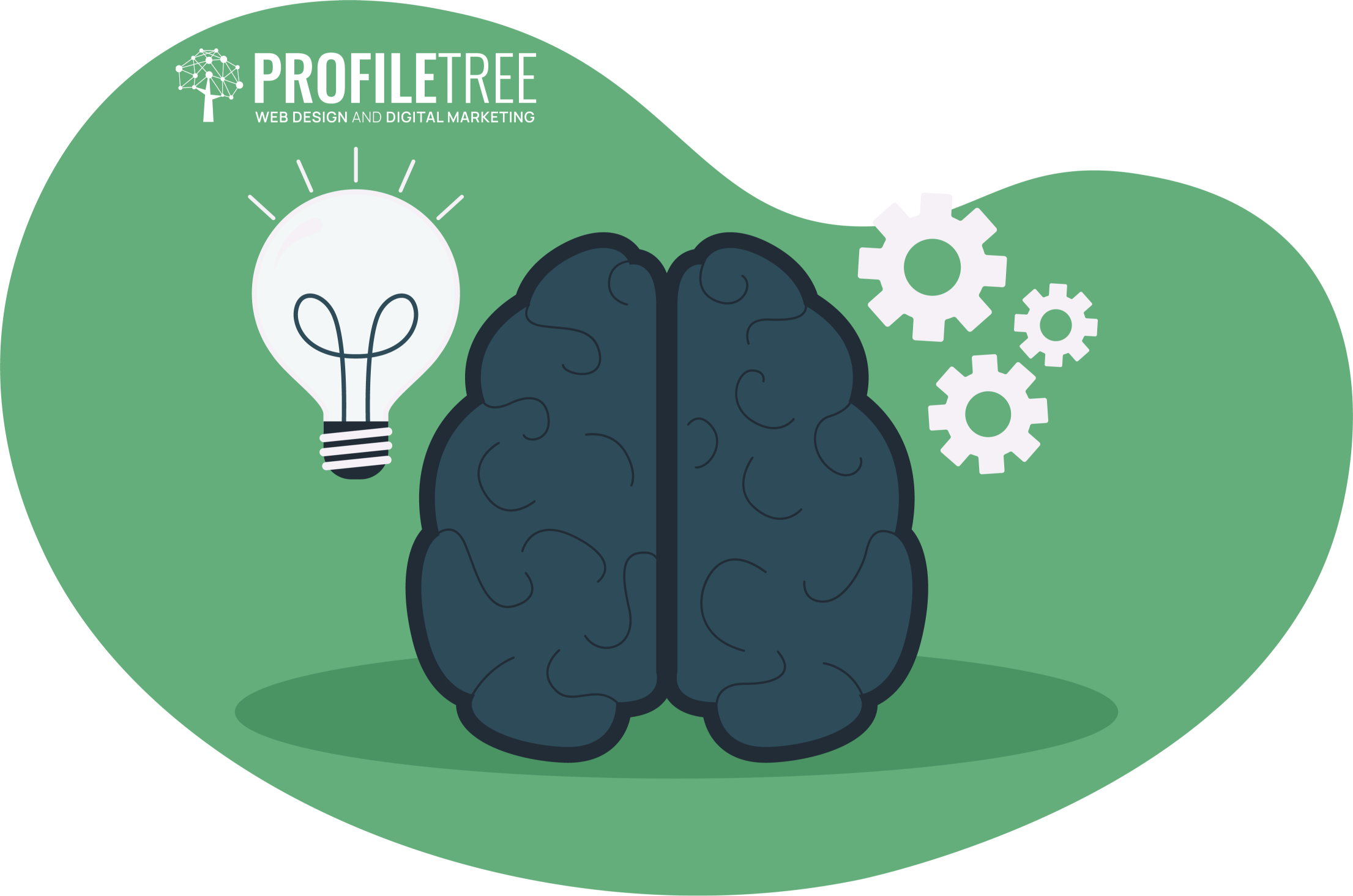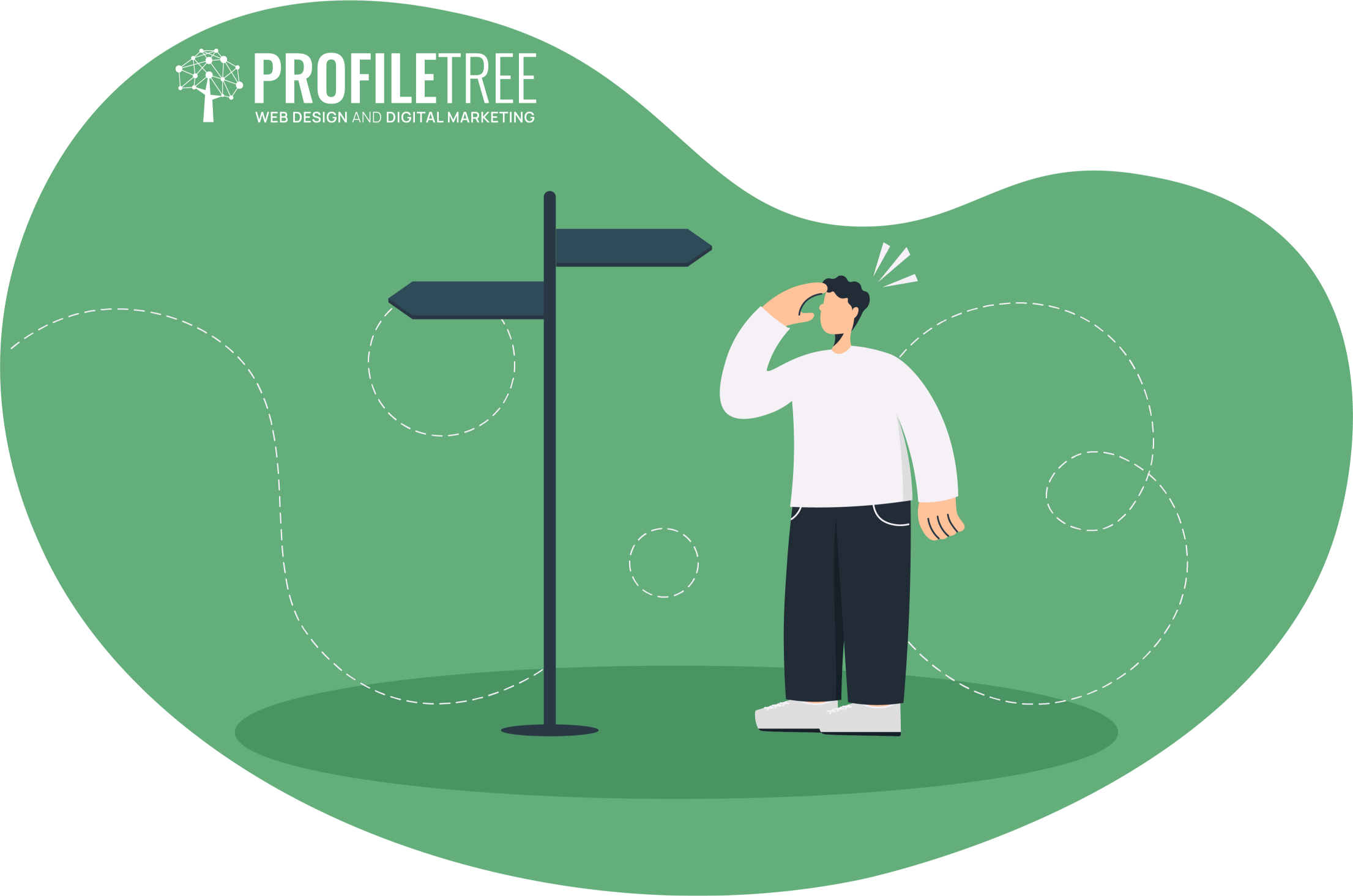In a world defined by constant change and unrelenting challenges, success is not merely a product of reacting to the immediate; it stems from a proactive, forward-thinking mindset that anticipates, adapts, and shapes the future. Strategic thinking—this cognitive approach that transcends routine problem-solving—then becomes a skill that sets individuals and organisations apart.
Strategic thinking is the compass that guides us through uncertainty. It is the cornerstone upon which effective leaders build their vision, make informed decisions, and steer their endeavours towards success. Whether you are a beginner entrepreneur, a seasoned executive, or someone seeking personal growth, mastering strategic thinking can be your key to not just surviving yet also thriving in the ever-evolving landscape of both life and business.
In this article, we are going to unravel the intricacies of strategic thinking, from its foundational principles to practical applications. We will explore the mindset, skills, and methodologies that define strategic thinkers, providing you with actionable insights to cultivate this invaluable skill set. So bring a cup of coffee, and let’s hop into it.
What Is Strategic Thinking?

Simply put, strategic thinking is this cognitive process that involves analysing complex situations, identifying key factors, anticipating future trends, and formulating well-informed decisions and plans. It goes beyond day-to-day problem-solving and rather involves a proactive, forward-looking approach to navigating challenges and achieving long-term goals.
So, by definition, such a skill is characterised by a holistic perspective, the consideration of multiple variables, and the ability to connect seemingly disparate pieces of information into a cohesive framework.
In personal and professional contexts, strategic thinking holds immense significance. First of all, it allows individuals to develop a clear vision for the future. By considering the broader picture, one can set meaningful and achievable long-term goals, providing a sense of direction and purpose. Strategic thinking equips individuals with the ability to make informed decisions while considering the potential consequences and aligning choices with overarching objectives.
Such a holistic approach also means that strategic thinking can necessarily handle and mitigate the risk element that comes with every decision.
Strategic thinking has not been in as much demand as it is now. Thanks to the fact that we live in a dynamic world where change is inevitable, strategic thinkers are better prepared to adapt to evolving circumstances, as they have the foresight to anticipate shifts in their environment and the flexibility to adjust their strategies accordingly.
Since strategic thinking also involves approaching challenges methodically, those who are good at that skill excel in problem-solving. They have the ability to seamlessly break down complex issues into manageable components and devise comprehensive solutions that address both immediate concerns and future implications.
Additionally, strategic thinking helps in the efficient allocation and utilisation of resources, whether while managing personal finances or overseeing a business. It involves weighing priorities, understanding constraints, and optimising the use of time, money, and manpower.
All of this, as you may have guessed, is a key attribute of effective leadership. Leaders who can articulate a compelling vision, devise strategic plans, and guide their teams through challenges are more likely to inspire confidence and achieve success.
The benefits also extend to relationships, whether personal or professional. It was found that strategic thinking can enhance communication and collaboration. Using the element of anticipation, those who can foresee others’ needs, understand diverse perspectives, and navigate social dynamics are more likely to build successful relationships.
The Components of Strategic Thinking
As the cornerstone of effective decision-making, strategic thinking is far from straightforward. It is rather a multifaceted process that involves several key components collectively forming a robust framework that empowers individuals and organisations to navigate challenges and enjoy all the benefits we mentioned in the previous section.
Let’s delve into the five integral elements of strategic thinking: analysis, planning, foresight, execution, and adaptation. These components are interconnected and iterative, forming a continuous cycle, where phase informs and influences the others.
1. Analysis: Unveiling the Landscape
At the heart of strategic thinking lies a thorough and insightful analysis. This involves the systematic examination and evaluation of the current state of affairs, market trends, and potential future scenarios to gain insights. It also includes identifying patterns, understanding cause-and-effect relationships, and assessing internal and external factors which might affect their objectives.
Critical analysis allows strategic thinkers to understand the nuances of their environment and potential future developments and gain the clarity required to make informed decisions.
2. Planning: Crafting the Roadmap
Once armed with a comprehensive analysis, strategic thinkers embark on the planning phase. This involves setting clear, achievable goals and devising a roadmap to reach them.
A well-crafted strategy must necessarily outline the steps, resources, and timelines required for success. In this context, planning becomes the bridge between analysis and execution, ensuring that the insights gained are translated into actionable and strategic initiatives.
To come up with these novel, actionable, and strategic initiatives, creativity must be invited to the planning phase. Strategic thinkers need to leverage creativity to explore alternative perspectives, challenge assumptions, and develop out-of-the-box strategies. This element is crucial for adapting to change, seizing opportunities, and fostering a culture of continuous improvement.
3. Foresight: Anticipating the Future
As we mentioned earlier, foresight is the ability to envision future scenarios and anticipate potential outcomes. It involves looking beyond the immediate challenges and understanding the long-term implications of decisions.
Such a component is highly important so strategic thinkers can identify trends, foresee industry shifts, and assess the consequences of various courses of action. This forward-looking perspective, when incorporated within the planning phase, enables proactive decision-making and a better-prepared approach to future challenges besides identifying new opportunities whenever they pop up.
4. Execution: Turning Plans into Reality
Strategic thinking extends beyond the drawing board; it thrives in the realm of execution.
The ability to translate plans into tangible actions distinguishes effective strategic thinkers. This phase involves marshalling resources, aligning teams, and implementing the devised strategies outlined in the previous step. Successful execution demands a keen focus on efficiency, adaptability, and the ability to overcome obstacles encountered along the way.
5. Adaptation: Navigating the Dynamic Terrain
The modern landscape is characterised by constant change, making adaptability a hallmark of strategic thinking.
Recognising that unforeseen challenges and opportunities allows strategic thinkers to remain flexible. They continuously reassess their strategies, refine their plans, and pivot when necessary. Adaptation ensures that strategies remain relevant in the face of evolving circumstances, allowing individuals and organisations to stay ahead of the curve.
The Mindset Shift

By now, you must be wondering what a mindset that leverages strategic thinking is like.
Well, the mindset required for strategic thinking is characterised by a combination of key attributes and qualities essential for both individuals and organisations seeking to navigate complexities, make well-informed decisions, and achieve sustainable success. Let’s explore those.
1. Open-Mindedness
Open-mindedness involves the willingness to consider alternative viewpoints, ideas, and perspectives without undue bias or preconceived notions. It is much needed in strategic thinking, for it allows for the exploration of diverse possibilities and potential solutions, fosters a collaborative and inclusive approach to decision-making, and enables the adaptation to changing circumstances and the incorporation of new information.
2. Curiosity
Open-mindedness can be pretty easy to use when paired with curiosity, this desire to seek new knowledge, ask questions, and explore the unknown.
Curiosity does not just drive the quest for understanding complex issues and emerging trends but also encourages continuous learning and the acquisition of diverse information and inspires creative thinking and the generation of innovative ideas.
Open-mindedness and curiosity work synergistically, as being open to different perspectives often stems from a curious and inquisitive mindset. Together, these qualities contribute to a dynamic and adaptive approach to strategic thinking, allowing for the incorporation of new information and the ability to pivot in response to changing circumstances.
3. Long-Term Perspective
Strategic thinkers showcase a long-term perspective. This involves considering the future implications and consequences of decisions rather than focusing solely on immediate gains or losses.
Besides aligning decision-making with overarching goals and objectives, a long-term perspective also helps in prioritising sustainable solutions over short-term fixes and supports the development of strategic plans that anticipate future trends and challenges.
So, how can you cultivate this mindset? Here are some starting points:
- Challenge your assumptions: Regularly question your own beliefs and biases. Seek out information that contradicts your worldview.
- Embrace discomfort: Be bold, step outside your comfort zone, and explore new ideas and experiences.
- Ask ‘why?’ relentlessly: Be curious about the world around you. Dig deeper than surface-level explanations.
- Learn from the past, but also focus on the future: Analyse past successes and failures, but always keep your eyes fixed on the horizon.
- Connect with diverse thinkers: Surround yourself with people who have different perspectives and experiences.
Developing Strategic Thinking Skills

Developing strategic thinking skills is a gradual and iterative process that involves honing various cognitive abilities and adopting specific approaches to problem-solving and decision-making. Here are key areas and strategies for developing strategic thinking skills:
1. Analytical Thinking
If you remember from above, analytical thinking is the ability to systematically assess information, break down complex problems into manageable components, and draw logical conclusions. It involves applying critical thinking skills to analyse data, identify patterns, and make informed decisions.
Honing analytical skills involves a combination of exercises and habits that encourage systematic thinking, problem-solving, and critical analysis. Here are some practical exercises and tips to help you sharpen your analytical skills:
- Conduct Regular SWOT Analysis: Choose a personal or professional scenario and perform a SWOT analysis (Strengths, Weaknesses, Opportunities, Threats). Identify factors internal and external to the situation.
- Solve Puzzles and Brain Teasers: Engage in puzzles, Sudoku, crosswords, or logic games regularly to stimulate your problem-solving skills. Gradually increase the difficulty of puzzles to challenge yourself and enhance your ability to think critically.
- Read Analytical Content: Read articles, research papers, or case studies that require careful analysis. Choose content from diverse fields to broaden your analytical thinking across different subjects. Summarise the main points and identify the author’s argument.
- Practise Data Interpretation: Work with datasets using tools like Microsoft Excel or Google Sheets. Practise organising, analysing, and interpreting data to draw meaningful conclusions. Explore publicly available datasets or create your own scenarios to analyse, ensuring relevance to your interests or profession.
- Participate in Group Discussions: Engage in group discussions or debates on various topics. Practise presenting your ideas logically and responding to counter-arguments. Encourage diversity of thought within the group to expose yourself to different perspectives and enhance your analytical thinking.
- Develop Mind Mapping Skills: Use mind maps to visually represent relationships between concepts. Start with a central idea and branch out to related subtopics. Experiment with mind mapping tools or draw them by hand to find the method that works best for you.
- Apply the Five Whys Technique: When confronted with a certain problem, ask “why” five times to uncover the root cause. This technique helps with in-depth problem analysis. Use the Five Whys in both personal and professional contexts to build a habit of digging deeper into the causes of issues.
2. Foresight and Anticipation
Developing foresight is a critical aspect of strategic thinking, enabling individuals and organisations to anticipate future developments and make informed decisions. Here are two effective methods for developing foresight:
Scenario Planning
Scenario planning is a strategic foresight method that involves creating and analysing multiple plausible future scenarios to understand potential outcomes and prepare for uncertainties. It enhances strategic decision-making by preparing for various future possibilities, fosters organisational agility and adaptability, and encourages a more proactive and less reactive approach to change.
To develop scenario planning, you should:
- Identify factors or variables that could significantly impact the future.
- Create distinct and plausible narratives or scenarios based on different combinations of these uncertainties.
- Evaluate the implications of each scenario on your goals, strategies, and resources.
- Develop adaptive strategies that can be applied across various scenarios.
- Continuously monitor the environment for signals that may indicate which scenario is unfolding.
Trend Analysis
Trend analysis is a technique of examining historical data to identify consistent patterns or trends over time, enabling individuals and organisations to extrapolate these observed behaviours into the future. By analysing data points across various time periods, trend analysis provides insights into the direction, magnitude, and potential continuity of changes, helping in the prediction of future developments.
Here are some steps to perform trend analysis:
- Collect relevant data related to the subject or industry of interest.
- Analyse the data to identify recurring patterns or trends.
- Extend identified trends into the future to predict potential future developments.
- Validate predictions by comparing them with current events and adjusting as needed.
- Use trend analysis to inform strategic planning and decision-making.
3. Decision-Making

Effective decision-making is a crucial skill that involves a thoughtful and quite systematic approach to choosing the best course of action among various alternatives. Three key strategies contribute to effective decision-making: weighing pros and cons, considering long-term consequences, and seeking diverse perspectives.
Besides the SWOT analysis we mentioned earlier, there are many other decision-making models and tools that can aid in strategic thinking by providing structured frameworks for analysing information, evaluating options, and making informed choices. Let’s go over a few of those.
Decision Trees
Decision trees visually represent decision-making processes by mapping out various options, possible outcomes, and the probability of each outcome occurring. It is particularly useful for complex decisions with multiple possible paths, helping to quantify risks and rewards associated with different choices.
Cost-Benefit Analysis
A cost-benefit analysis, or CBA, compares the costs of a decision with its benefits to determine its overall value. It quantifies both tangible and intangible factors. It helps with assessing the financial implications of different options, facilitating a more objective evaluation of choices.
Pugh Matrix
The Pugh Matrix is a tool for systematically comparing alternatives against a set of criteria. It assigns scores to options based on predefined criteria to aid decision-making. and the selection of the most suitable option.
Decision-Making Grids
Decision-making grids, such as Pareto Analysis, help prioritise options based on criteria, like impact or importance, by focusing attention on the most significant factors. They are especially useful when resources are limited, guiding decision-makers to focus efforts on high-impact areas.
4. Risk Management
Risk assessment and management play a paramount role in strategic thinking as they provide a structured framework for anticipating, evaluating, and mitigating potential challenges that could impede the achievement of organisational goals.
The integration of risk management into strategic thinking not only enhances adaptability in dynamic environments but also instils confidence among stakeholders. It ensures that organisations are not only focused on pursuing opportunities but are also resilient in the face of uncertainties, contributing to the overall success and sustainability of strategic initiatives.
Here are the three steps for mitigating risk:
Identifying Risks
Start by engaging key stakeholders, both internal and external, to gather diverse perspectives on potential risks. They may introduce valuable insights based on their expertise and experiences. Then, categorise risks based on different dimensions such as operational, financial, reputational, and regulatory. This systematic approach ensures a comprehensive identification process.
Next, review past projects or initiatives to identify recurring risks. Understanding historical patterns can help anticipate and address similar challenges in future strategic planning.
Assessing Risks
Evaluate the potential impact and possibility of each identified risk. This is often done using either a quantitative or qualitative approach based on the nature of the risk and available data. Once you are done with that, prioritise risks according to their severity and likelihood of occurrence. Focus on high-impact, high-likelihood risks as they pose the most significant threats to strategic objectives.
Next in line is to conduct scenario planning to assess the impact of different risk scenarios on strategic goals. This helps in developing strategies that are robust across various potential futures.
Mitigating Risks
Once risks are assessed, develop specific strategies for mitigating or managing each identified risk. These strategies can include risk avoidance, risk transfer, risk reduction, or acceptance. Develop contingency plans for high-priority risks. Outline specific actions to be taken if a particular risk materialises, ensuring a prompt and effective response.
Then, implement a robust monitoring system to track the status of identified risks throughout the execution of the strategic plan. Make sure you regularly reassess risks and adjust mitigation strategies based on evolving circumstances.
Conclusion
Strategic thinking stands as a beacon guiding individuals and organisations through the complexities of the modern world.
As we have explored the multifaceted aspects of strategic thinking—from problem identification and analysis to strategy development, implementation, and evaluation—it becomes evident that this cognitive process is not just a theoretical concept but a dynamic and essential skill, an intentional approach to decision-making that transcends reactive responses.


